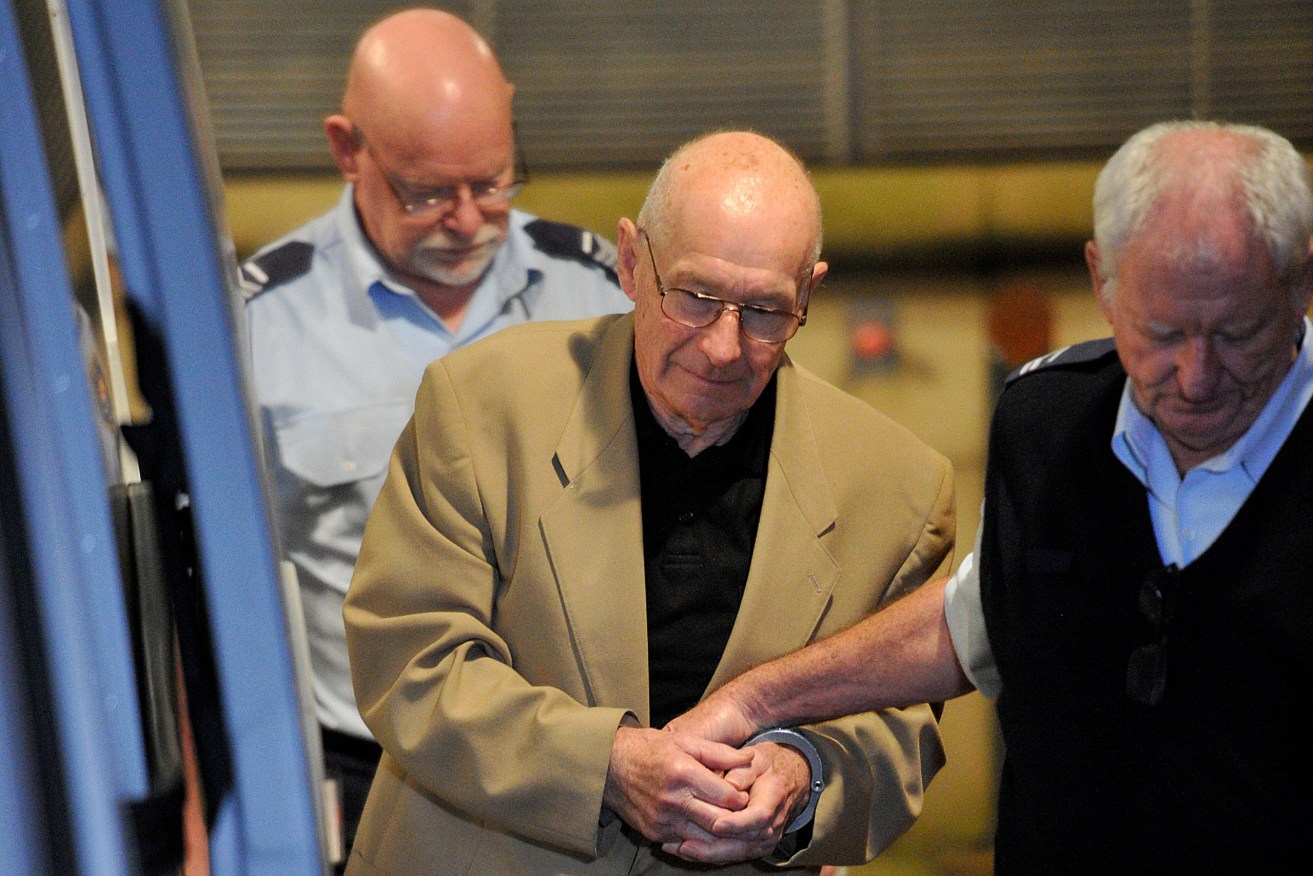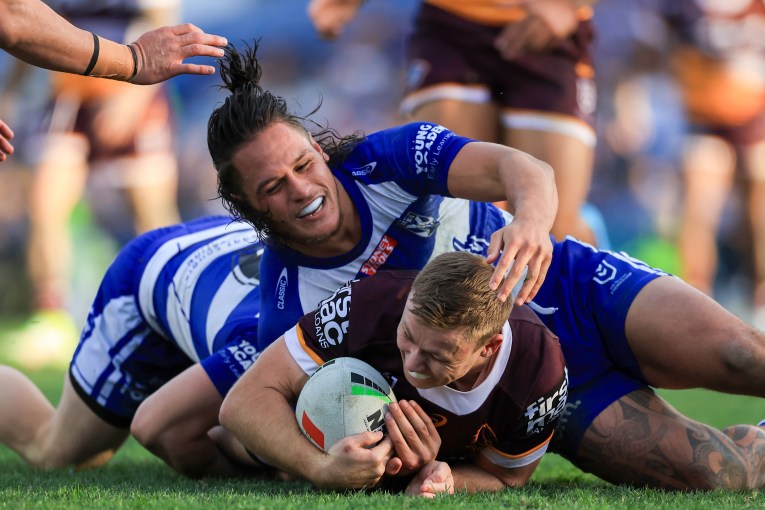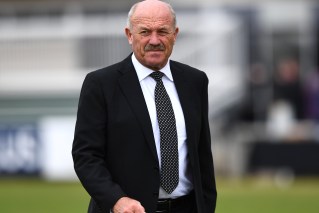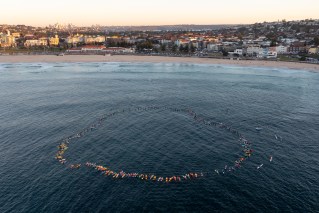Corrupt cop Rogerson may appear at Whiskey Au Go Go inquest
One of Australia’s most notorious corrupt police, disgraced NSW detective Roger Rogerson, may give evidence to the inquest into the Whiskey Au Go Go firebombing that killed 15 people in 1973.

A 2016 file image of disgraced NSW detective Roger Rogerson in handcuffs after he was found guilty of murdering Sydney student Jamie Gao. (AAP Image/Joel Carrett)
Through his lawyer, key witness Vincent O’Dempsey on Monday asked the inquest if Rogerson could appear.
Rogerson is serving life in jail for the murder of university student Jamie Gao in Sydney in 2014.
Counsel assisting the inquest, Stephen Keim, told the court there may be merit in calling Rogerson as he had expressed doubt about O’Dempsey’s involvement in the firebombing and the integrity of the Queensland Police investigation of the crime.
The inquest was also told that evidence exists that the two men convicted of the arson attack were not the only offenders.
Coroner Terry Ryan is set to determine whether the James Richard Finch and John Andrew Stuart, who were convicted and sentenced to life over the firebombing, were the only people who caused or contributed to the deaths.
The evidence before Ryan “in documentary form runs to thousands, perhaps tens of thousands, of pages”, Keim said in his opening on Monday.
It includes documentation from investigations, inquests, commissions of inquiry and criminal cases.
Keim asked whether there was “some evidence at least” that indicated whether Finch and Stuart may not have been the only people responsible.
“The answer to that question is that such evidence does exist,” he said.
Two drums of fuel were thrown into the downstairs foyer of the bustling nightclub in Fortitude Valley and set alight about 2am on March 8.
More than 60 patrons and staff tried frantically to escape as air conditioning vents acted as chimneys, pouring black smoke into the club.
There was a single fire extinguisher, a locked hose and an emergency exit blocked by oil-filled drums, making escape slippery and dangerous.
Survivors smashed windows to scramble to neighbouring roofs, but not everyone made it out alive.
Fifteen people succumbed to deadly smoke, with autopsies confirming their death from carbon monoxide poisoning.
Families of those who were killed and survivors who will testify before Mr Ryan are hoping for answers from the inquest.
An inquest was held in the days after the attack, but that ended after three days when Finch and Stuart were arrested.
That inquest has now been reopened after the firebombing was mentioned in a trial in which Vincent O’Dempsey and Garry Dubois were convicted over the deaths of Barbara McCulkin and her two daughters in January 1974.
That trial was told the killings may have been motivated over fears McCulkin would try to implicate O’Dempsey in the firebombing.
O’Dempsey – who is expected to be a key witness – sat in the dock of the courtroom during the inquest opening.
Stuart died in 1979 and Finch – who had been due to give evidence in the inquest – died this year in the UK where he had been deported after serving 15 years.
Dubois was found dead in his cell at Maryborough Correctional Centre earlier this month.
The inquest is set to consider whether Finch and Stuart were the only people who caused or contributed to the 15 deaths and the identity of the other parties involved.
The coroner will also look into the adequacy of investigations into the deadly attack immediately after the firebombing and over subsequent years.
Keim said there was considerable evidence that people associated with the nightclub knew an attack was pending and “in some cases warned acquaintances not to be present”.
There were also several earlier suspicious fires at other nightclubs and restaurants shortly before the Whiskey Au Go Go attack that will provide an “important context”.
The two-week sitting of the inquest is expected to hear from 27 witnesses, including Donna Phillips, one of the few remaining survivors, who was working the club’s counter that night.
The inquest heard that the father of a teen saxophone player who died in the attack made it his mission to find out who was behind the deadly attack.
But firefighter Tom Day, the father of 19-year-old Darcy, was warned to stop looking for answers.
“I remember Dad saying what was told to him, ‘Give up, Tom, you’re getting too close,’” Darcy’s sister Dianna Day said in a statement read on Monday.
The heartache Darcy’s parents felt at losing their youngest son was extremely painful as it was for his siblings, she said.
While their mother attended every court hearing, Day made it is mission to find out who was behind the bombing.
Until he was warned to stop.
“Fearing for his safety and his family’s, he stopped looking,” his daughter told the inquest.
The Whiskey Au Go Go attack was Australia’s worst mass murder until the 1996 Port Arthur massacre.
-with AAP












